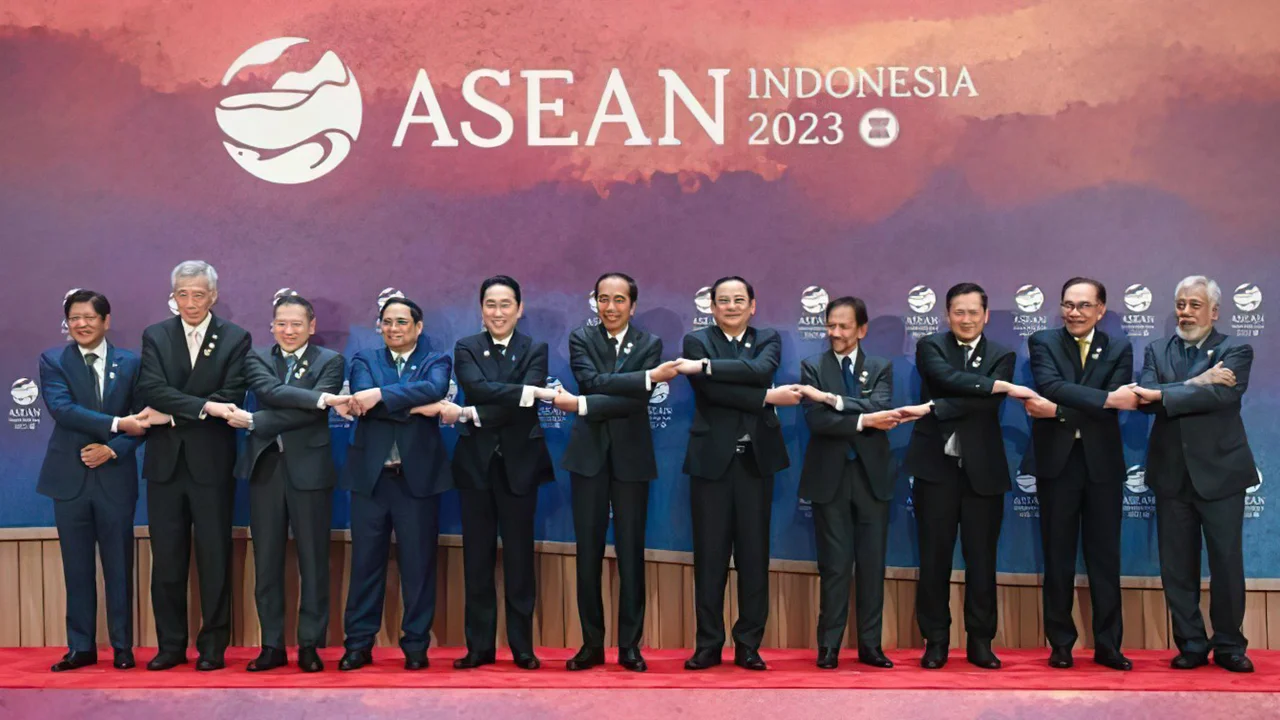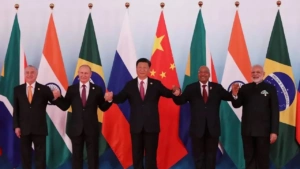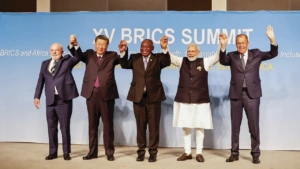
Amidst the ever-changing terrain of the global financial arena, a monumental transformation is unfolding. In the year 2023, a pioneering development has surfaced, heralding a paradigm shift with the potential to redefine the landscape of international trade and finance. This historic juncture witnesses a bold decision taken by a coalition of 21 nations, including both the BRICS and ASEAN alliances, as they collectively embark on a bold journey to distance themselves from the US dollar as the predominant currency governing global trade. This pivotal transformation, aptly coined as the “BRICS 2023 Dollar Shift,” stands as a watershed moment in the annals of international finance, its repercussions destined to reverberate across the globe.
The Challenge to the US Dollar’s Supremacy
The US dollar, for decades, has held sway as the world’s preeminent reserve currency. However, a consortium of emerging economies is now posing a formidable challenge to its hegemony. This challenge is coming from regions as diverse as Asia, Africa, andSouth America, where nations have decided to chart a new course, unshackling themselves from the traditional dependency on the US dollar.
The driving force behind this monumental shift is a collective desire among these developing countries to safeguard their economies from the potentially adverse effects of US sanctions. By pivoting away from the US dollar, these nations aim to fortify their domestic currencies and bolster their economic resilience. The year 2023 has witnessed an unwavering commitment to this de-dollarization agenda, with nearly two dozen countries actively seeking to sever their ties with the US dollar.
Two Alliances Leading the Way
The vanguard of this transformative movement is comprised of two prominent alliances: the ASEAN bloc and the BRICS alliance. These alliances, through their collective decisions, have laid down the gauntlet to the US dollar’s dominance.
- ASEAN Bloc: In a landmark decision in March 2023, the ASEAN bloc emerged as the trailblazer. The leaders of the ten Southeast Asian nations boldly signed a declaration to abandon the use of the US dollar in cross-border transactions. Instead, they have committed to promoting their local currencies as the preferred medium of exchange.
- BRICS Alliance: Following suit, the BRICS alliance cemented its resolve to break free from the US dollar at their summit in August of the same year. The BRICS member nations have pledged to utilize their local currencies for international trade and are actively exploring the creation of a common currency within the alliance. Trade settlements will primarily occur within this bloc of ten nations, rather than with external nations.
The amalgamation of the ASEAN group, comprising Brunei, Cambodia, Indonesia, Laos, Malaysia, Myanmar, Philippines, Singapore, Thailand, and Vietnam, with the BRICS alliance, which includes Brazil, Russia, India, China, South Africa, Saudi Arabia, UAE, Egypt, Iran, Argentina, and Ethiopia, culminates in a resounding declaration by a total of 21 countries to forsake the US dollar for global trade in 2023.
Implications for the US Dollar
The implications of the BRICS 2023 Dollar shift are vast and potentially profound. As these 21 nations gradually diminish their dependence on the US dollar, inquiries abound regarding the future stability and worth of what was once an unassailable global reserve currency. The repercussions on worldwide financial markets, trade dynamics, and even geopolitics are topics of fervent speculation.
In summary, the unwavering commitment of these nations to pivot away from the US dollar marks an epoch-defining moment in the evolution of international finance. It symbolizes the ascent of a multi-currency world order and underscores the resolve of emerging economies to exert greater influence over their financial destinies.
As this historic transformation unfurls, the world observes with eager anticipation, as the destiny of the US dollar and the forthcoming landscape of global finance teeter on the precipice. The year 2023 will be etched in memory as the moment when 21 nations embarked on an uncharted course, forging a novel global financial paradigm far removed from the well-trodden path of the US dollar.








